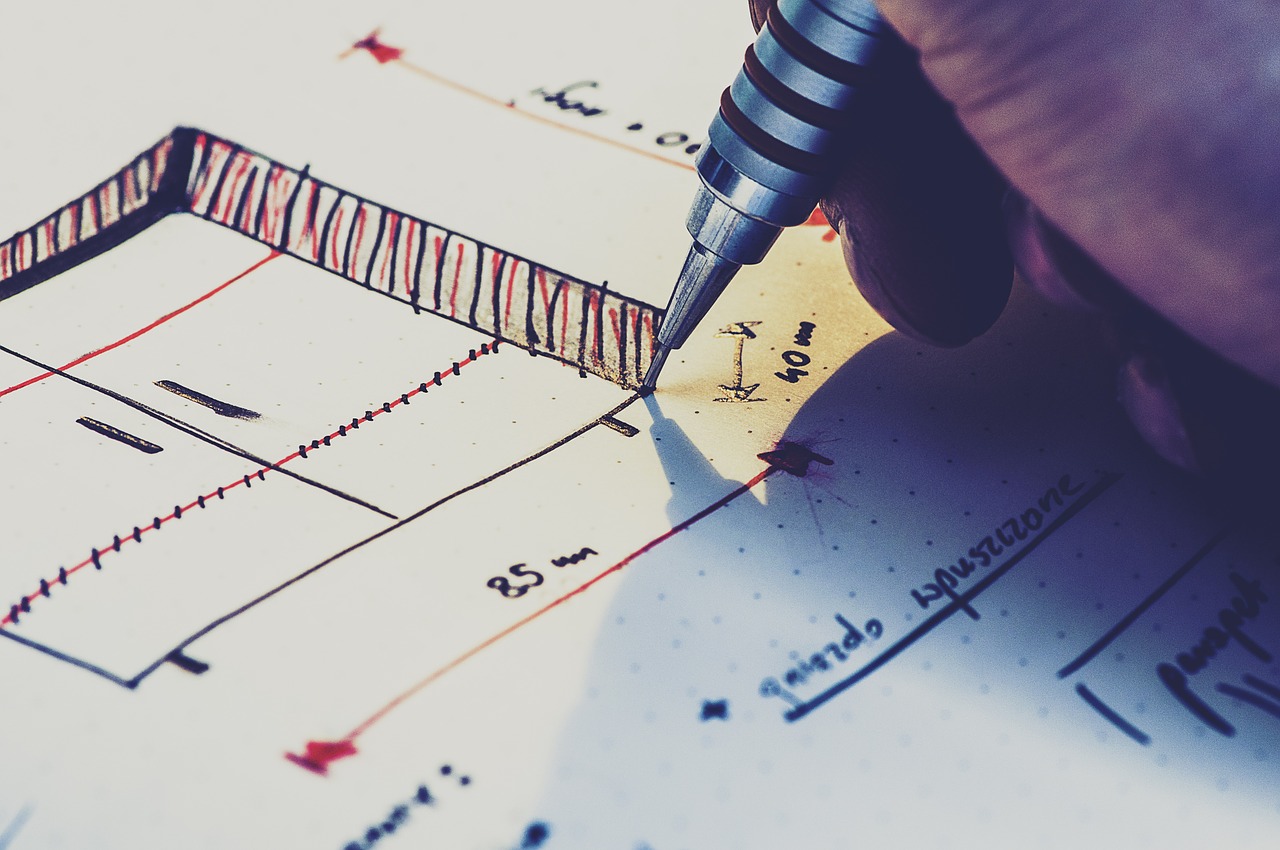
Theatrical design – getting started
An introduction to theatrical design for emerging producers
Introduction
Peter Brook, the great director, said in his book, The Empty Space …
“I can take any empty space and call it a bare stage. A man walks across this empty space whilst someone else is watching him, and this is all is for an act of theatre to be engaged.”
Peter Brook
This is excellent news for any production with scant money to spend. It tells you that you can do a lot with very little. But it has to be intentional, by design.
We’ve all seen productions these productions that seem to be one person and a stage. Yet, if you reflect on that production, you’ll recall that there were other elements present. The staging of that production was the result of careful consideration. How you dress the stage, the performer costumes, and the lighting can transform a show.

Thinking about theatrical design
An effective theatrical design is rooted in both artistic and technical elements. You want these to be working in harmony with each other as much as possible. For example, beautiful lighting has no value if you can’t see the performer’s face advancing the narrative.
The artistic goal of good design is to amplify the production’s message. In a naturalistic play, this may be as simple as choosing costumes that fit the period. But, it can extend a lot further. For example, mixed media work might rely on projection and audio to convey parts of the narrative.
Ideally, your design should come from a meeting of minds of the director, designer and you (the producer). It should support the production without obscuring key elements. For example, does your vision of Titus Andronicus set on the bridge of the starship Enterprise risk the story getting lost in an array of flashing lights?
Cool is only any good if it supports the show.
Theatrical design for Producers
As a producer, you’ll need to consider things on behalf of the production. How you look at theatrical design is rooted in your responsibilities, so you’ll need to view it in terms of:
- Budget – how much it costs
- Schedule – how long it takes
- Artistic – does it help your production succeed (and therefore sell tickets)
- Promotion – is there an angle that helps you sell the show
These things are crucial and will almost certainly have conflicting priorities for specific decisions. As a producer, you are the final word when it comes to balancing the priorities of the whole production. If you’ve set your goals well before you start, they should help you make these decisions.
Choosing designers
Theatrical design is a sophisticated craft. Good practitioners can add vast amounts to your production. So choosing a designer to work with is a crucial decision.
Experienced designers are often in demand, and, given your limited budget, they may be out of your financial reach because of their salary and the budget they expect to work with. So you’ll likely choose to work with an emerging designer who’ll fit within your salary budget and be prepared to work with a smaller production budget.
When choosing a designer, consider what you want to emphasise in the production. Your vision may make one element more important than another. You may not have the budget to hire designers for all the elements, so choose the one who’ll have the most effect.
In a perfect world, find a designer who can cover a few things. Lighting and set design are a great combo. If they are your sole designer, hiring good technicians offers support in other areas.
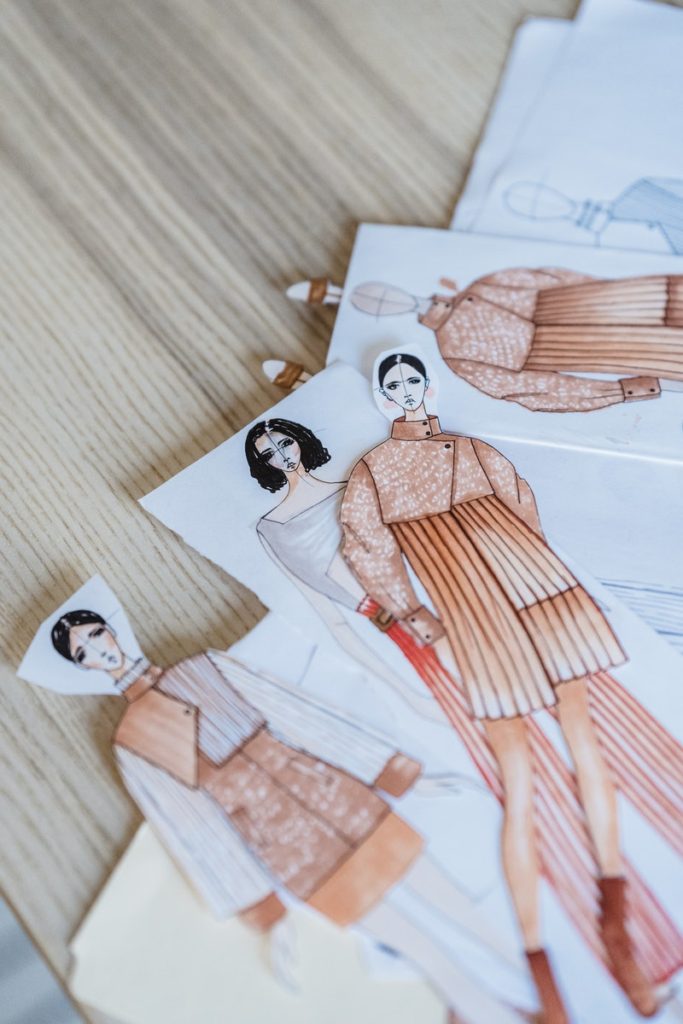
You may also find technicians who want to develop their design skills. For example, by hiring them to do both design and operation, you offer them a chance to upgrade their resume. We address this more in the technical section. You may economise by getting two positions for one wage.
If you have to DIY, you or your director will need to cover the theatrical design. Think about how the non-performative elements can support your production aims. Take time to do this before the theatre. You’ll need to be better prepared to make the most of your technicians.
Design elements to consider
Some key design areas are common to most productions, and you’ll only need some for specific shows. Take time to think about what you need and how your budget supports it.
Modern theatre rarely chooses realism. Low budget productions especially should take advantage of this. The relationship between the performer and the audience is the most important thing. Stripped back shows have the dual benefit of costing less and being more theatrical. Whatever you do or don’t put on stage needs to be intentional. It needs to serve a purpose.
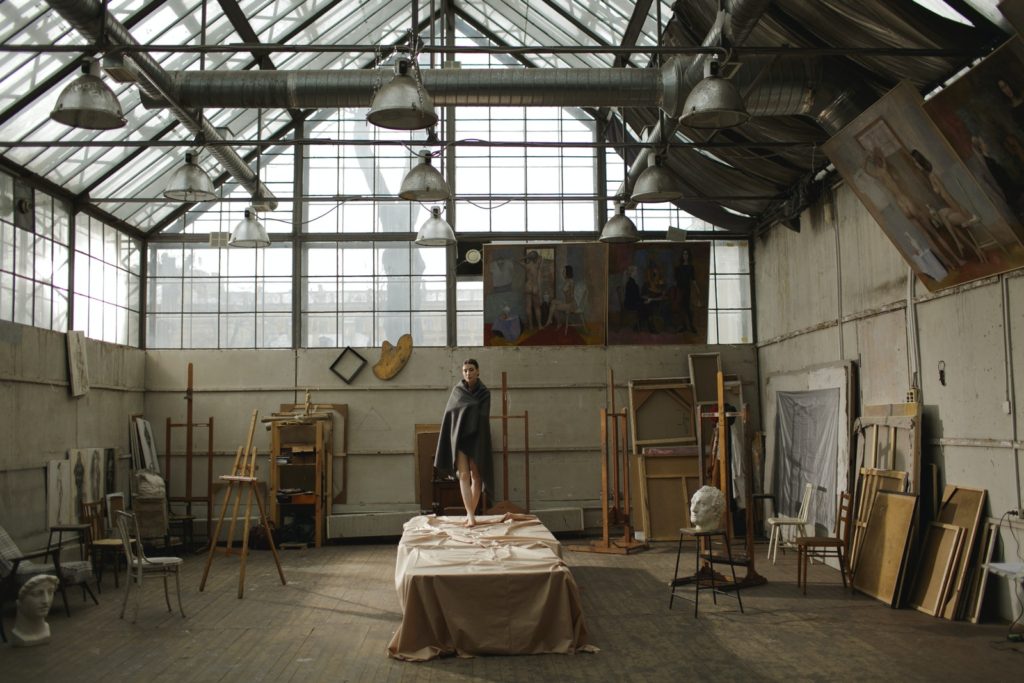
The set
A giant set is the easiest way to spend a lot of money and burn your setup time. Remember that time is money. So your budget will be the biggest motivator to keep your grand ideas in check.
While a good set adds to a show, it may not require many materials and building. A good design supports the production by emphasising specific elements. Many successful productions have had sets as simple as tape on the floor or a rug and a chair.
Anything significant will need construction or rigging. Unless you are confident with those things, that means labour, time and money. You will also need to pass safety inspections in many venues.
It helps if you can assemble as much of the set as possible before arriving at the theatre. This helps free up precious time to use elsewhere. Work on technical elements, like lighting, can only begin in the venue, so you want that set in as fast as possible.
The costumes
If you need to have someone make your costumes or hire from a wardrobe, it’ll cost you. Careful design can allow you to make choices that simplify the production wardrobe.
An actor may be able to wear the same costume for the whole show or put on a colourful jacket over a neutral base to indicate a different character. Layers can help show the passage of time or change of place, the actor putting on a hat or sunglasses, for example. And the less the production aims for realism, the more these tactics work.
Another option is to work with a clothing label, using their clothes as costumes in exchange for sponsor placement on marketing materials. This can save you money and has the added benefit of being a good publicity angle. You’ll still need someone to curate that look, so it works for the show (unless the label chooses to do this).
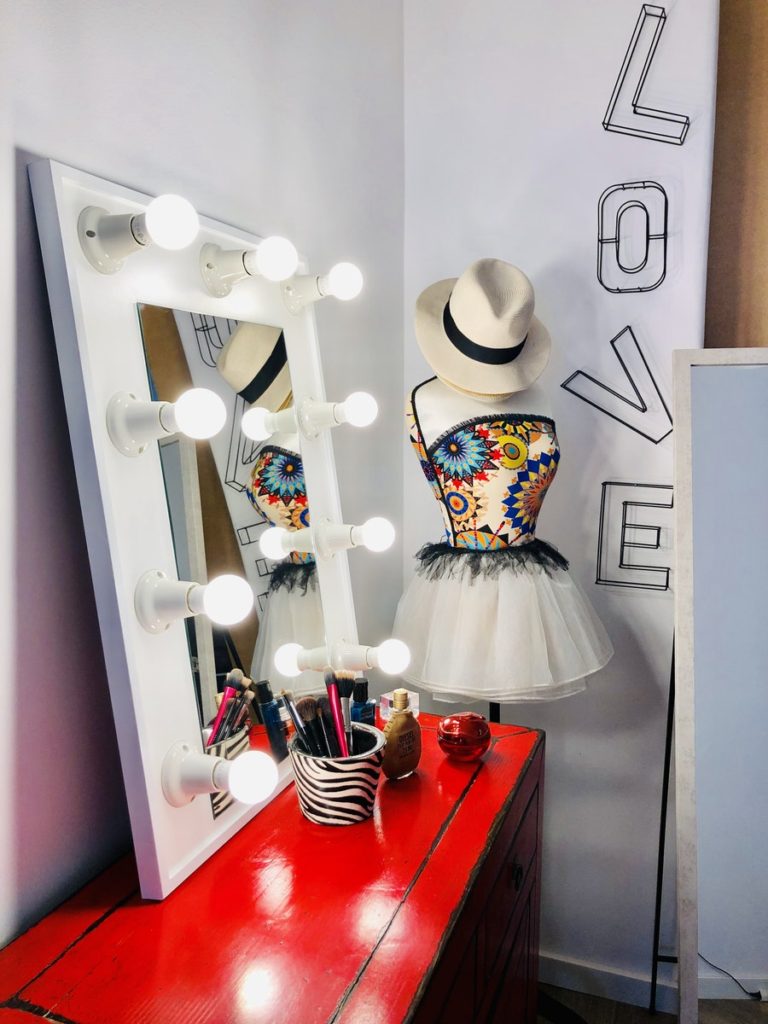
Performing in black or non-costume is normal in a drama school setting, and while it fits Peter Brook’s description, it can easily make a production look cheap. If you want neutral costumes, don’t make them completely uniform. Stick to one palate and give characters a feature item of clothing. This shows your choices are intentional, and intentional is the key!
On a practical note, take special care with shoes. Poorly fitted or inappropriate shoes can cause massive difficulty for a performer. It is even worse if incorporated late in the process, so it helps to have them at rehearsal.
The props
Props are a grey area in a design. Many productions will simply collect the items they need. This is easy, but sometimes you need to make them fit a specific aesthetic.
Consider a production where the set, clothing, and lighting reduce everything to monochrome. If you use a smartphone in a pink case, it will be jarring. If you want the audience to notice that phone, then mission accomplished. Otherwise, you should replace it.
Try and use the actual prop in rehearsal if possible. If you have to hire unique props, you may not get them until you get to the venue so you’ll also need a stand-in until it arrives. It’s preferable to hire rather than make something complicated. Great prop makers can spend hours working on detail, and you won’t have time for that effort.
A word of caution, take care with specific, realistic props. They can get you in trouble if you don’t handle them carefully. This refers to weapons in particular. A university friend once brought a realistic prop gun to the theatre only to have the bus he was riding surrounded by police. If you have realistic firearms, drugs, or swords, you will need to plan a safe way to transport them.
You’ll also need a plan for secure storage for any type of firearm or dangerous item in your production. It’s not unusual for a theatre to need you to lock up any weapon, even plastic swords and guns. Some theatres may also require you to have a firearms safety technician. This can be a hard rule to work around, so make sure you check.
As a director, I try very hard to remove as many props as possible. Having zero props isn’t always possible or helpful, but reducing them is a good goal. For example, in one play that I produced about rugby players, they used the ball to stand in for almost every prop.
Lights, sound and video
There is no question that lighting, sound, and video can considerably affect the design of your production. There is a reason that a single spotlight on a blank stage is still such an iconic stage picture.
While you can do it yourself to a degree, to add these things effectively, you’ll typically need skilled technicians. Lighting, sound and video setups can be difficult to install without specialist knowledge.
Thankfully, many technicians have enough knowledge to manage all three elements, provided the complexity is not too high. And, if you are asking too much of one technician, I suggest you think long and hard about what you can cut!
For my money, lighting is the best bang for your buck of the three, and a designer/operator can usually manage basic sound cues as well. However, multimedia is used more and more often in modern theatre. If it is a big part of your production, you’ll need to plan how to make it work with your budget.
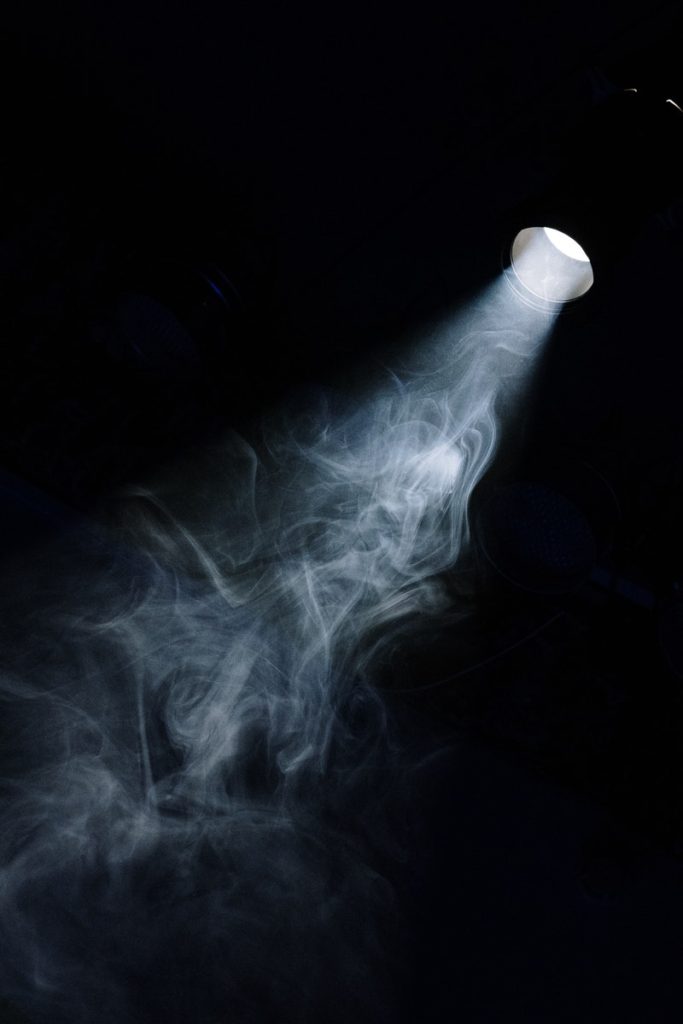
Conclusion
There is no doubting that an excellent production design can help a show fly.
A good theatrical design is:
- Alway intentional – know why you made each choice!
- Is true to the overall goals of the production
- Balances artistic and technical needs
- Abides by budgets and schedules
As an emerging producer, you’ll be working with a limited budget so leaning into a good, small and creative team will help. Also, make use of the theatrical nature of stage productions and avoid realism where possible.
First time here? Visit our Welcome article to get started.